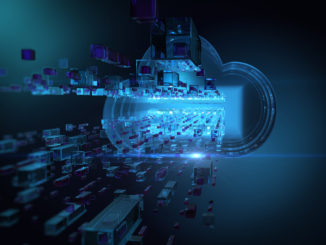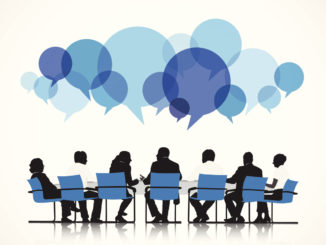The buzz around the Internet of Things is as steady as ever. What is new, though, is all the recent talk about the “critical role” that enterprise architects will play in this technology phenomenon.
In an article earlier this year in AnalyticsWeek, writer Jelani Harper explored how enterprise architecture, by employing containers and microservices, will help clear the path to IoT.
Harper makes the case that IT professionals, such as enterprise architects, are addressing the growing “complexities” around the IoT by utilizing “virtualization technologies in which data is made available as an abstraction layer accessible to various parties from distinct locations. Containerization represents the next level of virtualization technologies and may be the most viable means of affecting the flexible agility required to provision, analyze, and reap the benefits of real-time application data in a post-IoT world.
“Meanwhile, running those applications as microservices could very well be the best means of creating and deploying them in time to account for the IoT’s extreme volumes and velocities of data, especially when they are leveraged within containers.”
In a more recent article, Joe McKendrick of ZDNet used Harper’s article and a recent report by the US Government Accountability Office (GAO) to emphasize the “critical role” that EAs will play going forward.
“Along with leveraging microservices and containers to benefit the business, there is a need to determine how device networks will communicate, and where data will be processed,” he wrote.
The GAO report pointed to four “basic architecture models that can be applied to all IoT devices” – device-to-device, device-to-cloud, device-to-gateway, and cloud-to-cloud.
“The rise of IoT is shifting software and network requirements within organizations moving forward with efforts,” wrote McKendrick, citing the GAO report. “The report’s authors predict more emphasis on ‘analysis programs that can condense large volumes of IoT data into actionable information,’ as well as ‘smart programs that can augment or replace a human operator. Aggregated data gathered from IoT devices can undergo sophisticated data analysis techniques, or analytics, to find patterns and to extract information and knowledge, enhancing decision-making.’
“There will be changes in business structures as a result as well. ‘IoT software developments permitting automation may reduce the need for human operators in certain capacities,’ particularly software that ‘relies on augmented intelligence and behavior to substitute for human judgement and actions, respectively. For example, IoT sensor data can be analyzed and then acted upon to reduce waste, energy costs, and the need for human intervention during industrial production.’
“In addition, IoT may accelerate the evolution of business models toward software and data-driven companies. The most outstanding example of such a transformation is General Electric, which has ‘transformed its industrial line of business from the building and sale of light bulbs and appliances to a manufacturing and services line of business that not only builds complex industrial machines, but also provides an ongoing maintenance service offering based on the performance data gathered from the IoT technologies built into the machines it manufactures.’”
Planview Solutions Marketing Manager Jeff Ellerbee added that “we are seeing a marked increase in the number of requests and enquiries about how our EA solutions can address IoT specific concepts and the increased complexity it adds to a company’s technology portfolio.”



